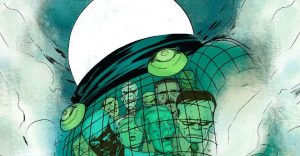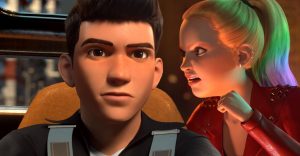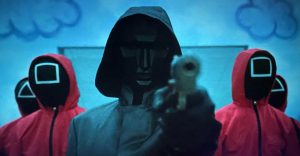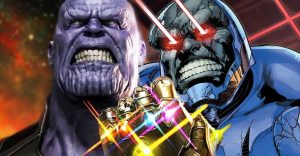My Hero Academia is Reminding Fans That War Has Consequences
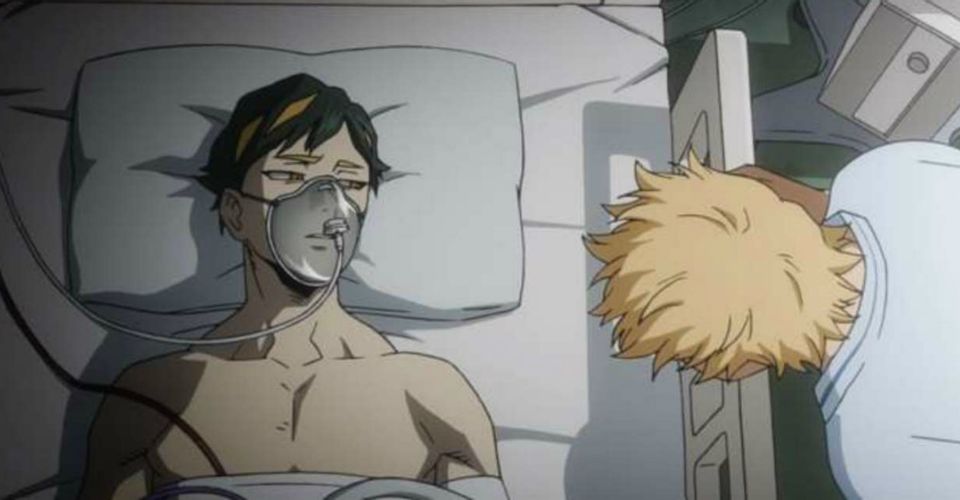
The My Hero Academia manga has often done its best to portray the less glamorous side of superheroics, but what’s come before simply pales in comparison to the scale of the most recent incidents. As the Paranormal Liberation War arc draws to a close, the heroes have been left to sort through the rubble, both literally and figuratively. Victory comes at a high price, just as it always has, but that price may have just exceeded what some are willing to sacrifice.
In the latest few chapters of My Hero Academia, leading up to 298, the battle with the radical Paranormal Liberation Front has finally ended following some truly stunning fight scenes and some shocking revelations. While those epic fights may be what draw some fans into the series, My Hero Academia wants to make sure that its readers remember that violence always has consequences. Several major characters have died, including the the notoriously risque hero Midnight and the villain Twice, both of whom have been present in the story since almost the beginning. A whopping eighteen other pro heroes, many of whom had appeared in smaller roles before, also died, making this one of the bloodiest conflicts in the manga’s history. And while the students fortunately didn’t suffer any fatalities, several, like Bakugo and Todoroki, are hospitalized with severe injuries, and Midoriya is left in a coma.
This isn’t the first time that My Hero Academia has explored the fallout of a major fight, of course. After the Shie Hassakai raid and ensuing battle with Overhaul, several chapters were spent coming to terms with the death of All Might’s former sidekick Sir Nighteye, and the fact that bright young hero Mirio Togata had lost his quirk, cutting short what could have been a career to rival that of All Might (even if he got it back recently). While heroes had suffered career ending injuries in prior fights, this was the first instance where a hero fighting alongside Midoriya and other students is actually killed in the line of duty. While some of the students like Bakugo had previously reveled in the violent aspects of hero work, eager to fight evil as directly as possible, Sir Nighteye’s death was a cold reminder that villains can and will kill without hesitation. While Sir Nighteye hadn’t featured prior to that story arc, his death carried with it some heavy emotional weight due to the development he received and his connections with several main characters. Even a heroic death is still a death, after all.

The fact that character death is on the table remains in the reader’s mind following this arc, and the series begins questioning whether it really is a good idea to be putting young teens with comic book ideas of heroism on the front lines. While being a hero can be a glamorous job in the world of My Hero Academia, as evidenced by Uraraka’s desire to become a hero to earn money for her family or Mount Lady’s idol-like status, heroes are far more likely to die or be grievously injured than almost any other occupation. Another running theme is that All Might’s desire to be a symbol of peace is a self destructive one: his time as a hero is coming to an end precisely because of how far he’s willing to go to stop villains and the wounds he’s suffered as a result. It takes a certain kind of person to don a costume and become a superhero, and having those traits isn’t necessarily a good thing. All Might is often chastised by characters like Recovery Girl for encouraging this kind of behavior in Midoriya and the other students, but it’s only now, sitting helplessly at the comatose Midoriya’s bedside, that the issue has really hit home for him.

The Paranormal Liberation War brings these long-running themes and ideas to a head, presenting the conflict in bleak terms as the situation continues to grow out of control. There’s plenty of focus on the broader damage as well, with entire pages and panels dedicated to the devastation of buildings and the hundreds of civilians caught up in the crossfire. The story even takes a moment to show one pro hero looking out over the destruction in despair, having finally realized that he can’t continue in this career, witnessing death and violence on such a massive scale. There’s a psychological toll to superhero work, much like there is for first responders in the real world, and that kind of trauma is not something everyone can bear.
Where the story goes from here is anyone’s guess. There’s certainly an argument to be made that hero work is essential, since villains with quirks will always continue to exist. But is the glorification of these heroes necessary? What about the branding and marketing attached to them, like those figures and posters of All Might? It’s easy to forget, especially for a child, that flashy and colorful costumes and monstrous-looking villains are actually real people inflicting real violence, and that lives are at stake in every confrontation. There’s a careful balance that must be struck between honoring these heroes and the sacrifices they make for the greater good, and deifying them in a way that leads to children attending school to do a job they don’t understand the full consequences of.
My Hero Academia is at a point where the concept of the superhero has been deconstructed and laid bare, exposing the flaws of both the heroes and the society that produces them itself. In a certain sense, this is what Shigaraki and the League of Villains wanted all along, although things certainly haven’t unfolded the way they’d have liked, either. What remains now is for the heroes to rebuild this concept of heroism in a way that’s healthier and less self destructive. Can this next generation of heroes find a way to do this, and avoid the mistakes of their predecessors?
My Hero Academia runs weekly in Shonen Jump, with the next chapter set for release on February 14.
About The Author











